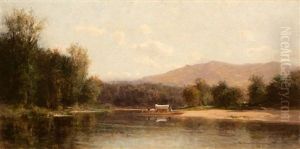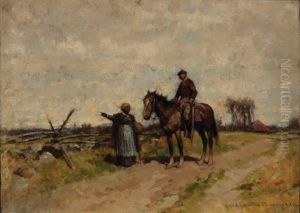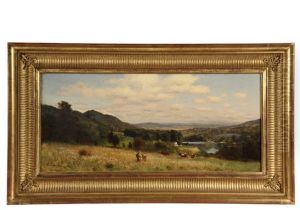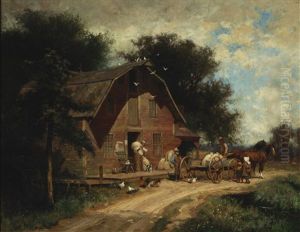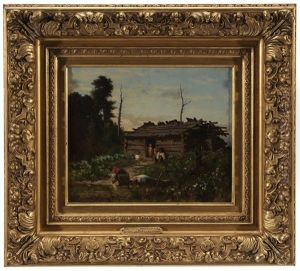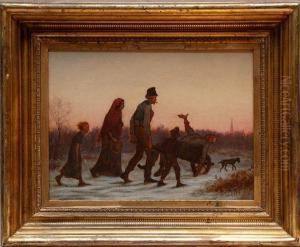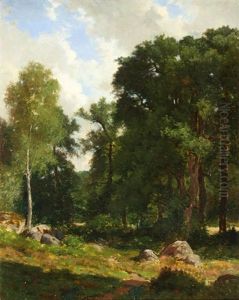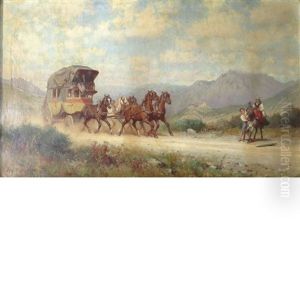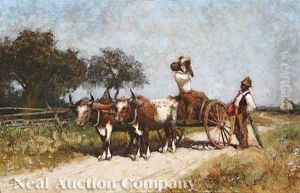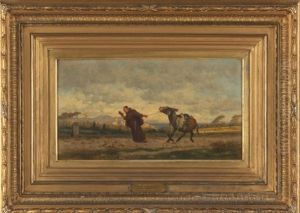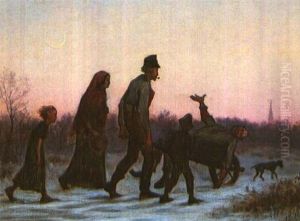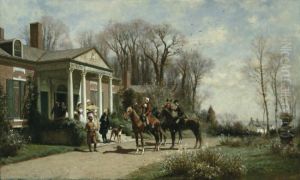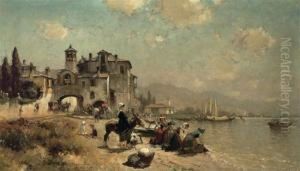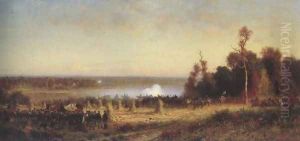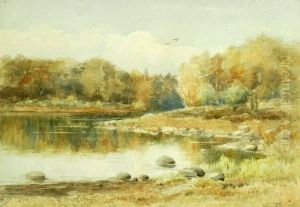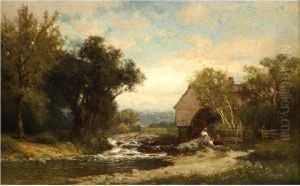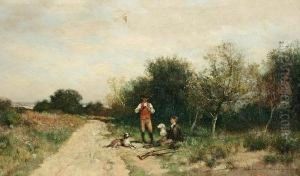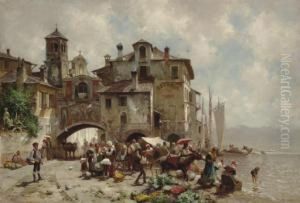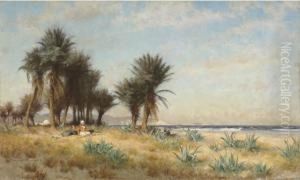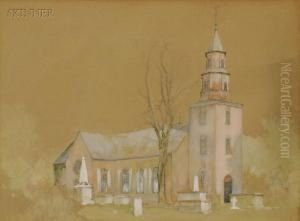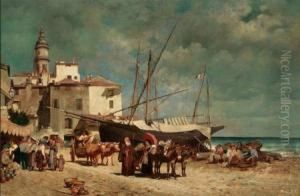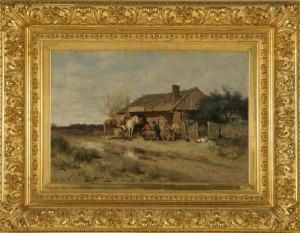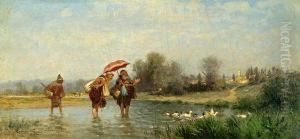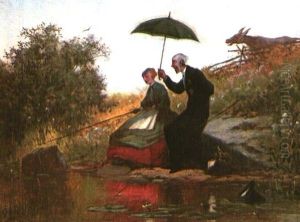Alfred Wordsworth Thompson Paintings
Alfred Wordsworth Thompson was an American artist known for his work as an illustrator and painter. Born on September 11, 1840, in Baltimore, Maryland, Thompson developed an interest in art at an early age. He pursued his passion for the arts by studying in Europe, which was a common practice among aspiring American artists of the time. Thompson honed his skills in Paris and Düsseldorf, two cities with vibrant art scenes that provided him with exposure to various artistic styles and techniques.
Thompson's career spanned a period of significant change in the American art world, as the country was grappling with the aftermath of the Civil War and the onset of the Industrial Revolution. During this time, Thompson made a name for himself primarily as an illustrator, contributing to popular periodicals of the day such as 'Harper's Weekly' and 'Scribner's Monthly'. His illustrations often captured scenes of American life, landscapes, and historical events, reflecting a nation in transition.
In addition to his work as an illustrator, Thompson also gained recognition as a painter. His paintings frequently depicted rural and pastoral scenes, showcasing his keen observation of nature and the American countryside. These works resonated with the growing interest in American realism and the celebration of the local landscape.
Thompson's contributions to the art world were cut short by his untimely death on January 7, 1896, in New York City. Despite his relatively brief career, his works continue to be appreciated for their historical value and artistic merit. Thompson's legacy is reflected in the collections of various American museums and galleries, where his art remains on display, offering a window into the cultural and historical context of the 19th century United States.


